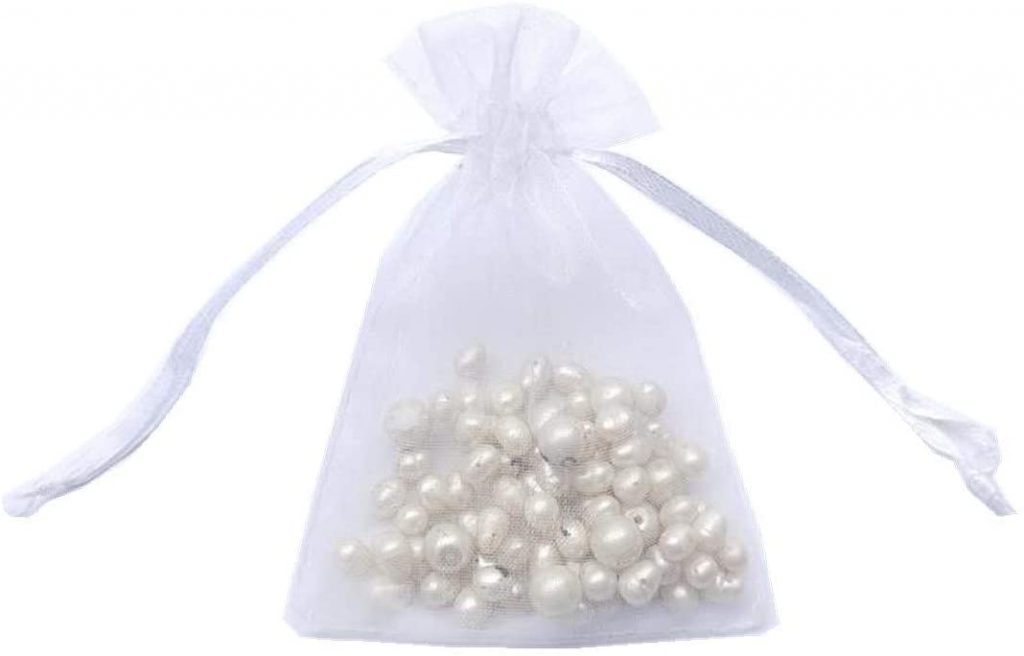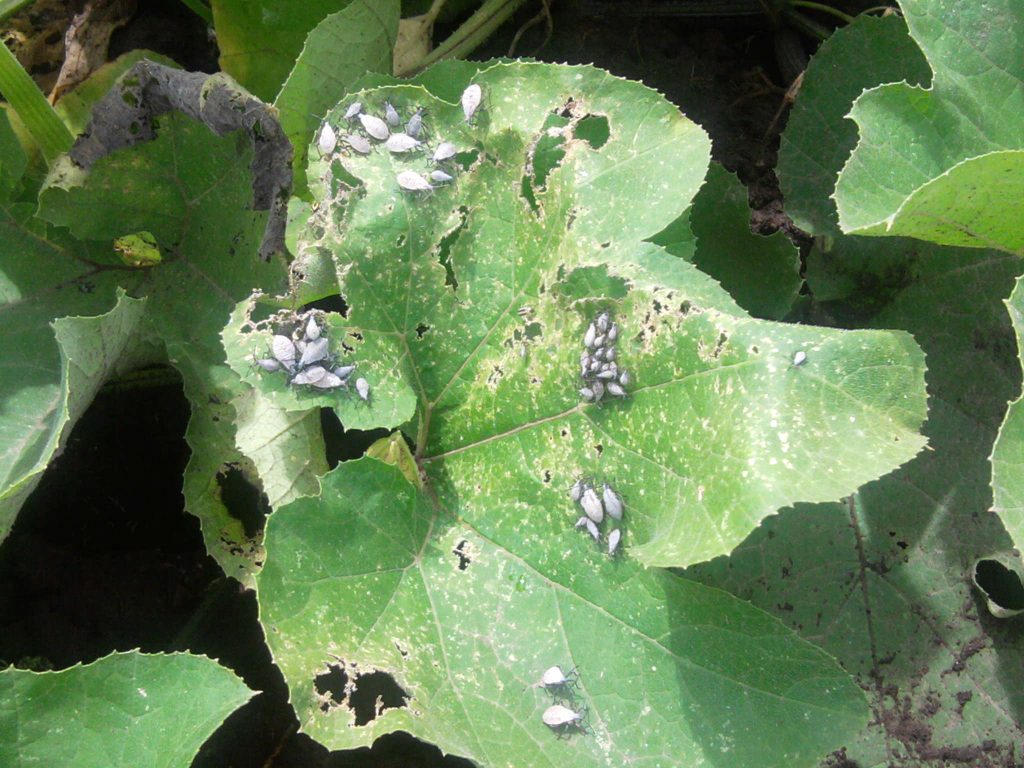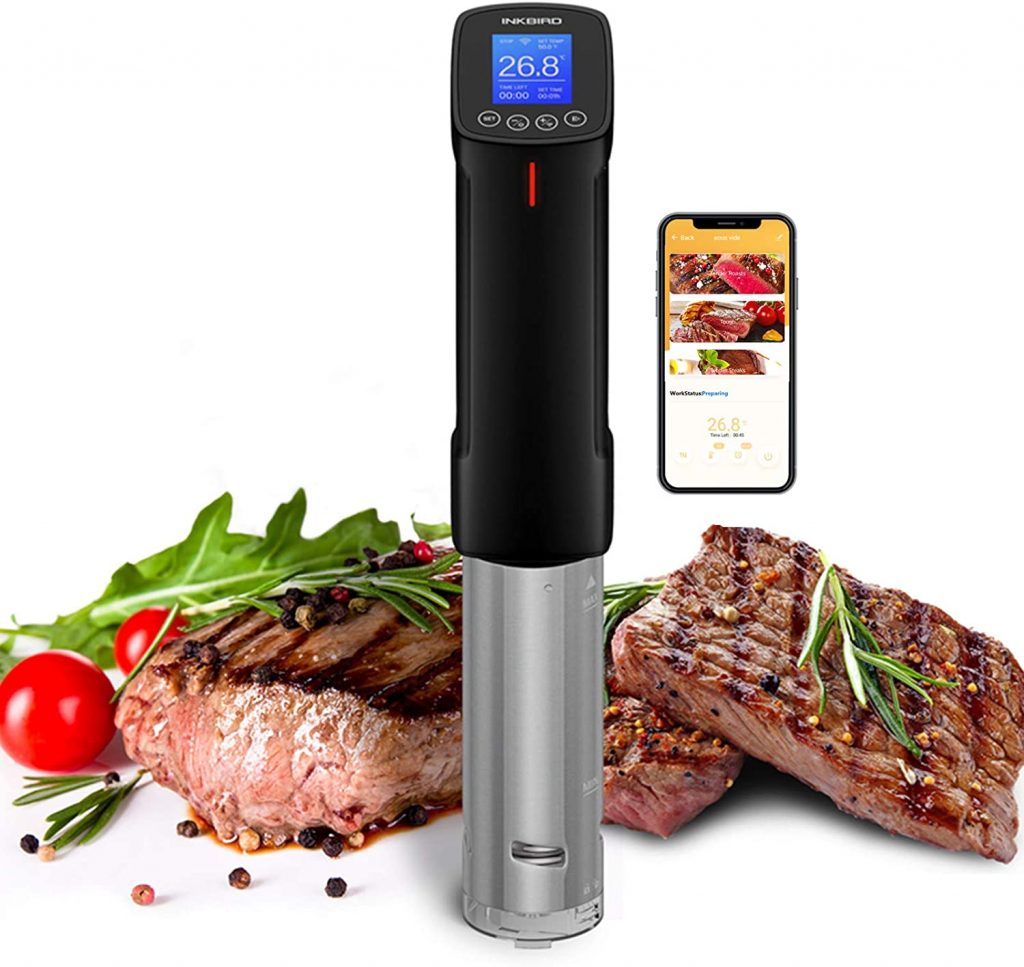Many times I’ve been asked, “Farmer Chris, what do you do in the winter?” I’ll fill you in on this winter’s projects right after a few announcements.
Please sign-up for your share as soon as possible! You can order it through our online store or for those returning from last season you can just send in a $100 down payment.
While you are at it, why not add some eggs, coffee, mushrooms or flowers to your order? All these can be ordered through the store as well. We are still waiting for final pricing on summer fruit.
Tell you friend and your neighbor about us. If they join have them put your name in the “Where did you hear about us?” box and we will credit your account $25! Get two friends (if you have two friends) to join and that would pay for eggs for the season!
Farm News
So what do I do all winter you ask? This is a hard question to answer since each winter the answer is different depending on many factors, like what got done last winter and what is left on the list for this winter. Anyway, this winter I’ve commenced on a new and exciting project — a giant space laser. This idea was brought to my attention while reading about all the good work our government is doing out in Washington. I didn’t think it was possible to create a giant space laser until I read that the fires in California were started by a giant, solar powered space laser! I thought, how better to combat squash bugs! The biggest difference between using the lasers for starting forest fires and using them to eliminate squash bugs is the precision. We squash bug eliminators need to be far more precise than typical forest fire starters. So we are currently laser focused on laser focusing.
Other than giant space lasers the other big project is finding ways to reduce disease pressure on our various food crops. I considered using the space lasers — always good to use equipment for multiple purposes — but I couldn’t figure out how to kill the pathogen without killing the plant. So instead I’m going with an idea that has been around for a while but I hadn’t paid it much attention — hot water bath seed treatment.
Managing diseases in organic farming is difficult. It is also difficult in chemical farming but with chemical farming you can use synthetic chemicals. Large corporations have evolved over the years by just producing and selling tons and tons of disease management chemicals so you can imagine the problem is a big problem.
The first step in reducing disease pressure is to determine where the diseases come from. Some come in on the wind. Some come from the guts of insect pests. Some live in the soil. And finally some arrive on the seeds we purchase to start our plants. This last group are the ones we are targeting with our hot water bath treatment.
The idea behind the hot water bath is to heat the seeds — both on the surface and inside the seed coat — to just the right temperature for just the right amount of time to kill the pathogen without killing the seed. As you can imagine, using a giant space laser could work, but possess unique difficulties. But using a nice, hot water bath seems to be simpler and more effective!
The process goes something like this: First, draw a nice, hot bath. Then light some candles to set the mood. Don’t forget to turn down the lights and of course put on some quiet music, maybe a little Barry White to keep the seeds in a reproducing mood. I’m told wine isn’t required but certainly doesn’t hurt. Then have the seeds slip into a shear, see-through mesh drawstring bag. Gently submerge them into the hot water. Get the water in the bath moving to create a gently, soothing motion. Keep them submerged for exactly the right amount of time — no more no less. Now here is where it gets tricky. Once the time in the wonderfully warm tub is up you need to quickly remove them from the bath and immediately submerge them into ice water to stop the heat process. After being plunged into ice water I’m not sure the candles or Barry White would really do the trick come to think of it.

Anyway, each crop has its own temperature and duration. Not all seeds can be heat treated — mostly only the small seeded crops. Not all diseases can be eliminated but some that have plagued us for a while seem to be susceptible — black rot, black leaf spot, alternaria, and anthracnose, to name a few. The main risk is that the treatment can reduce germination quality so we plan to be less aggressive in its use this season until we are comfortable knowing we aren’t doing more harm than good. Unfortunately it is recommended that you only treat the seeds once and not too far in advance of planting them so bathing them all at once isn’t an option. Time reduces the viability of seeds as well so combining time with the heat treatment may make the seeds nonviable next year. So we can’t just treat them all once and be done with it.
How do you keep the bath at the right temperature you ask? Quite simple, you use the sous vide immersion circulator you got for Christmas! Well I actually didn’t get one for Christmas but if I did this would be a great use for it! If you can cook steak in water with one of these you most certainly can cook seeds with one, well not cook but heat them up to a nice medium rare.
When you grow somewhere around 150 different varieties of vegetables, keeping the seeds of each variety separate and labeled during this process makes for a time consuming, challenging project. Hmm, with this project taking precedence I might not have time to finish the giant space laser project this winter. Might have to leave it on the list for next winter.
Once all the equipment and supplies arrive and I start working on this project I’ll take a few pictures and post them in a future newsletter to give you an idea of how it is done. In the mean time, as always, do not hesitate sending in questions, comments, suggestions, or any extra kyber crystals you may have laying around. You never know when I might get back to the space laser project.



